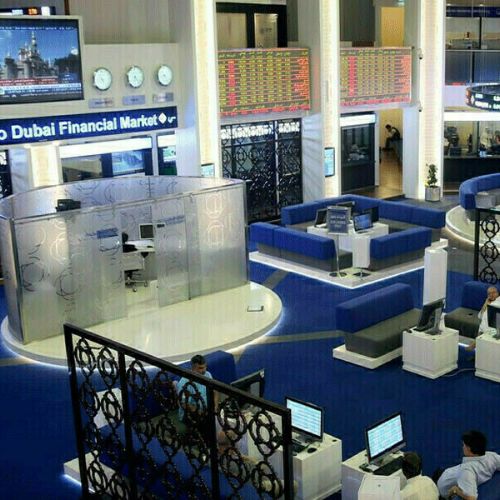China’s Economy recovered from the COVID-19 pandemic hit a stumbling block in May, as industrial output and retail sales growth fell short of expectations. The slowdown in the second quarter has prompted the country’s central bank to cut key interest rates for the first time in nearly a year, with further cuts anticipated. Analysts are expressing concerns over a potential economic double dip and are revising their GDP growth forecasts for 2023 and 2024.
Industrial output grew by 3.5% in May compared to the previous year, a decline from the 5.6% expansion seen in April and lower than the expected 3.6% increase. Weak demand domestically and internationally has posed challenges for manufacturers. Retail sales, a crucial indicator of consumer confidence, rose by 12.7%, missing the forecasted 13.6% growth and slowing down from April’s 18.4%. These disappointing figures point to a weakening economic momentum.
Various economic indicators, including factory surveys, trade data, loan growth, and home sales, have all shown signs of weakness in China, the world’s second-largest economy. Crude steel output continued to decline year-on-year and month-on-month in May, while daily coal output also fell compared to April. These trends have defied analysts’ expectations of a stronger recovery, especially when compared to the weak performance of the previous year during strict COVID-19 lockdowns.
The data further emphasize the need for additional stimulus measures as China faces deflationary risks, mounting local government debts, record youth unemployment, and weakening global demand. Insufficient domestic demand and sluggish external demand could interrupt the ongoing economic recovery, leading to a more gradual U-shaped trajectory. Analysts suggest that implementing large-scale policy easing as a form of stimulus would be the initial step, but it may take two to three years to fully bolster the slowing economic recovery.
In response to the disappointing data, JP Morgan has lowered its forecast for China’s 2023 GDP growth from 5.9% to 5.5%. The government has set a modest GDP growth target of around 5% for the current year, after falling significantly short of the 2022 goal.
China’s central bank recently cut the interest rate on its one-year medium-term lending facility, marking the first easing in 10 months. This move is expected to be followed by cuts in the benchmark loan prime rates. While policymakers have been cautious about deploying aggressive stimulus measures due to capital flight risks, analysts argue that further easing will be necessary.
China’s largest banks have already reduced deposit rates to alleviate pressure on profit margins and encourage higher consumer spending. Julian Evans-Pritchard, head of China at Capital Economics, believes that the central bank’s easing alone will not make a substantial difference but reflects growing concerns among officials about the health of China’s recovery. He suggests that additional policy support will likely be required to prevent the economy from entering a renewed downturn.
The recovery of the Chinese economy in the second quarter is expected to improve due to the low base effect from the previous year. However, challenges lie ahead, including a complicated and grim international environment, sluggish global economic recovery, and insufficient domestic demand, according to NBS spokesperson Fu Linghui.
The property sector, previously a major driver of China’s economic activity, is facing persistent weakness, with property investment in May experiencing the sharpest decline since at least 2001, down by 21.5% year-on-year. New home price growth has also slowed down. Private fixed-asset investment has contracted by 0.1% in the first five months, in stark contrast to the 8.4% growth in investment by state entities, indicating weak business confidence.
The labor market is also a concern, with youth unemployment reaching a record 20.8%. Strikes at Chinese factories have surged to a seven-year high, and economists predict that they will become more frequent as exporters are forced to cut workers’ pay and shut down plants due to weak global demand. These factors further erode consumer and business confidence in the economy.















